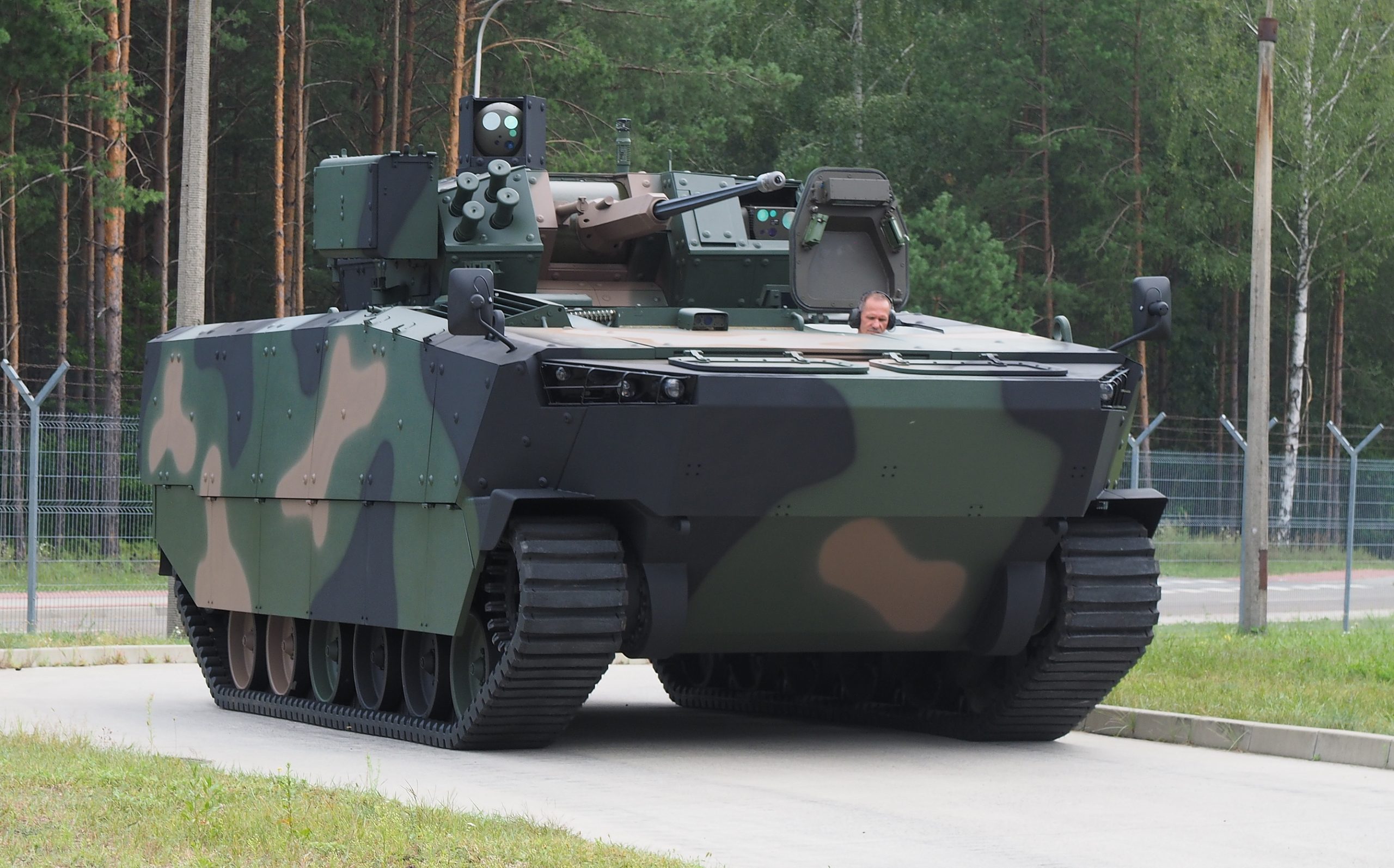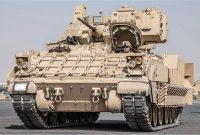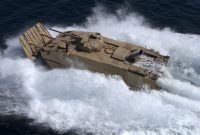Introduction: The United States Army is on the brink of a significant leap in its mechanized infantry capabilities with the impending arrival of the XM30 Mechanized Infantry Combat Vehicle (MICV). Positioned to surpass the iconic Bradley Fighting Vehicle, the XM30 promises a new era of lethality, survivability, and adaptability on the modern battlefield.
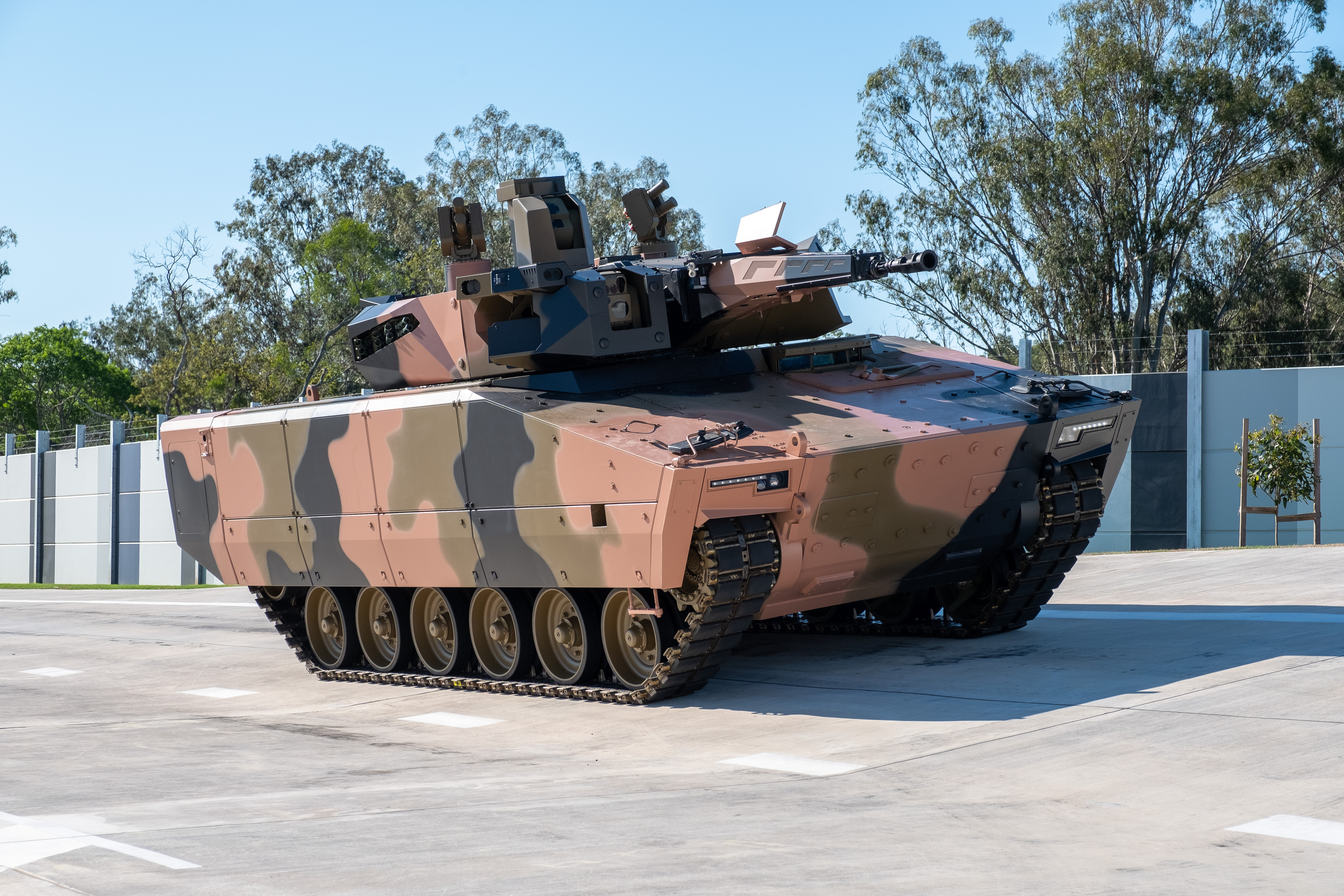
Lethality Upgrades: At the core of the XM30’s advancements is its enhanced lethality. Armed with cutting-edge weaponry and state-of-the-art targeting systems, this mechanized juggernaut is poised to outperform its predecessor. The integration of advanced munitions, a rapid-fire main gun, and precision-guided systems ensures that the XM30 can engage a wide range of threats with unprecedented accuracy and firepower.
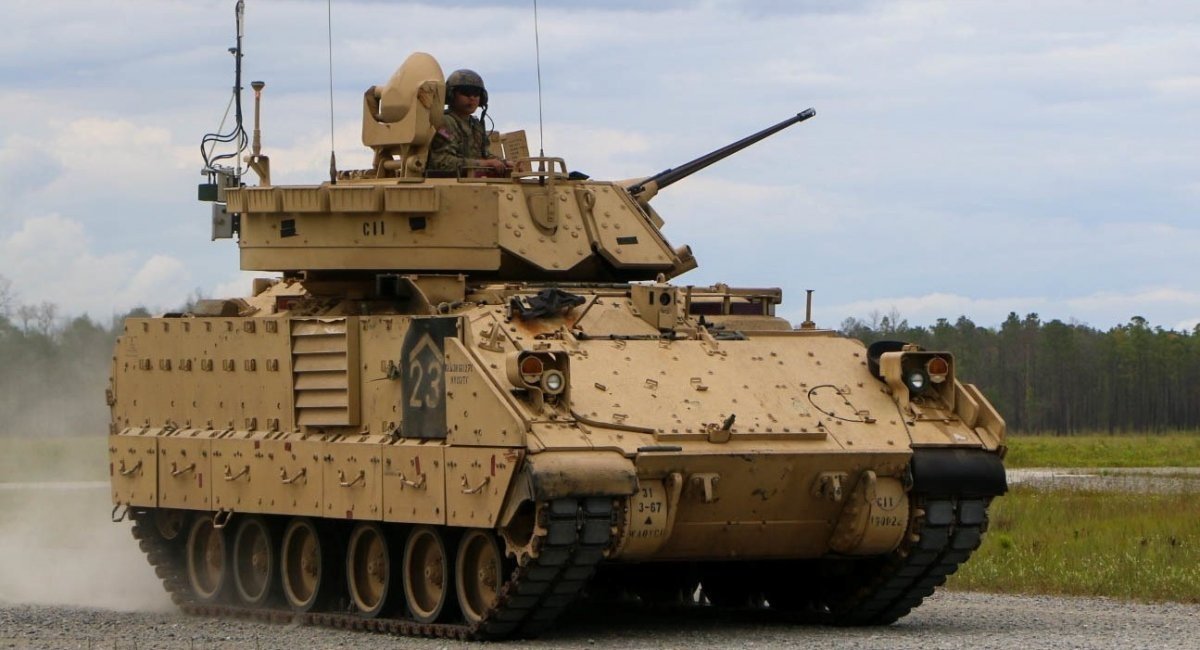
Survivability Features: The XM30 places a premium on the safety of its crew and the effectiveness of its armor. Designed with innovative protective measures, including reactive armor and advanced composite materials, the vehicle is engineered to withstand a variety of threats, from traditional anti-armor projectiles to more modern asymmetric warfare challenges. Active protection systems further enhance the XM30’s survivability by intercepting incoming threats before they reach the vehicle.
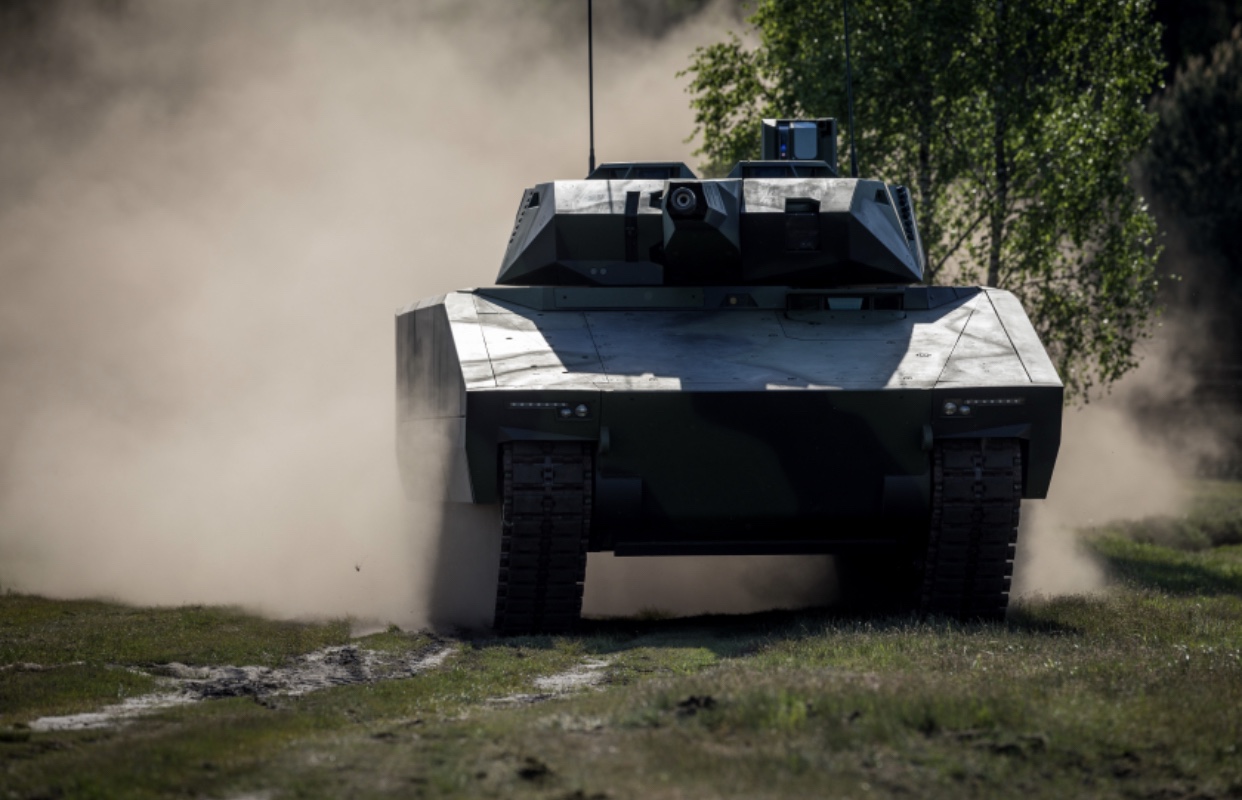
Adaptability for Modern Warfare: Recognizing the evolving nature of warfare, the XM30 is built with adaptability in mind. Modular design features enable rapid reconfiguration for diverse mission profiles, ensuring the vehicle can seamlessly transition from urban warfare scenarios to open-field engagements. The incorporation of cutting-edge communication and information-sharing systems also enhances the vehicle’s ability to operate as part of a networked and coordinated force.
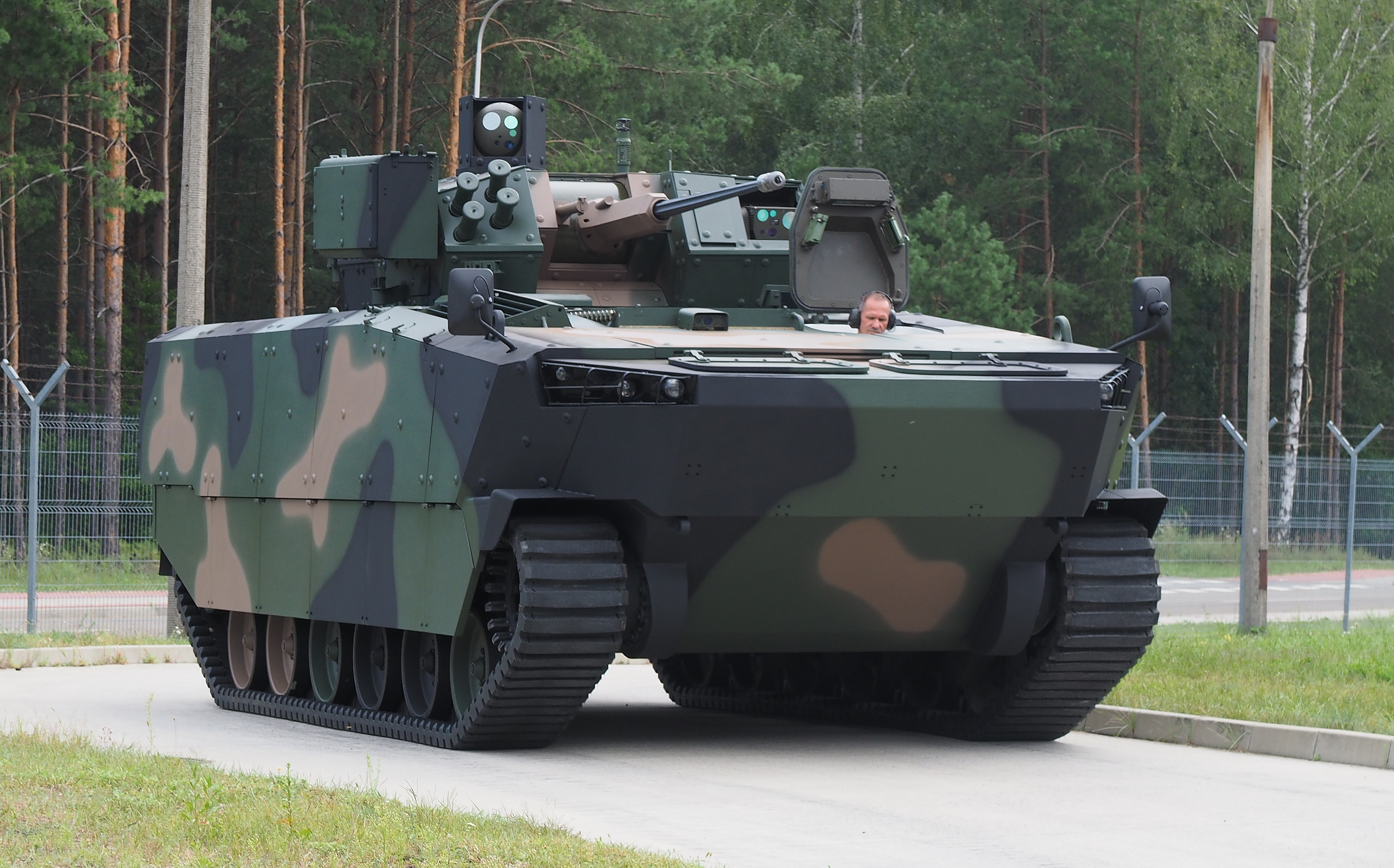
Technological Integration: The XM30 leverages the latest advancements in digital technology to optimize its performance. From advanced sensors providing real-time situational awareness to augmented reality interfaces for the crew, every aspect of the vehicle is geared towards enhancing the human-machine interface. This technological integration not only improves overall effectiveness but also reduces the cognitive load on the crew, enabling them to make split-second decisions in the heat of battle.
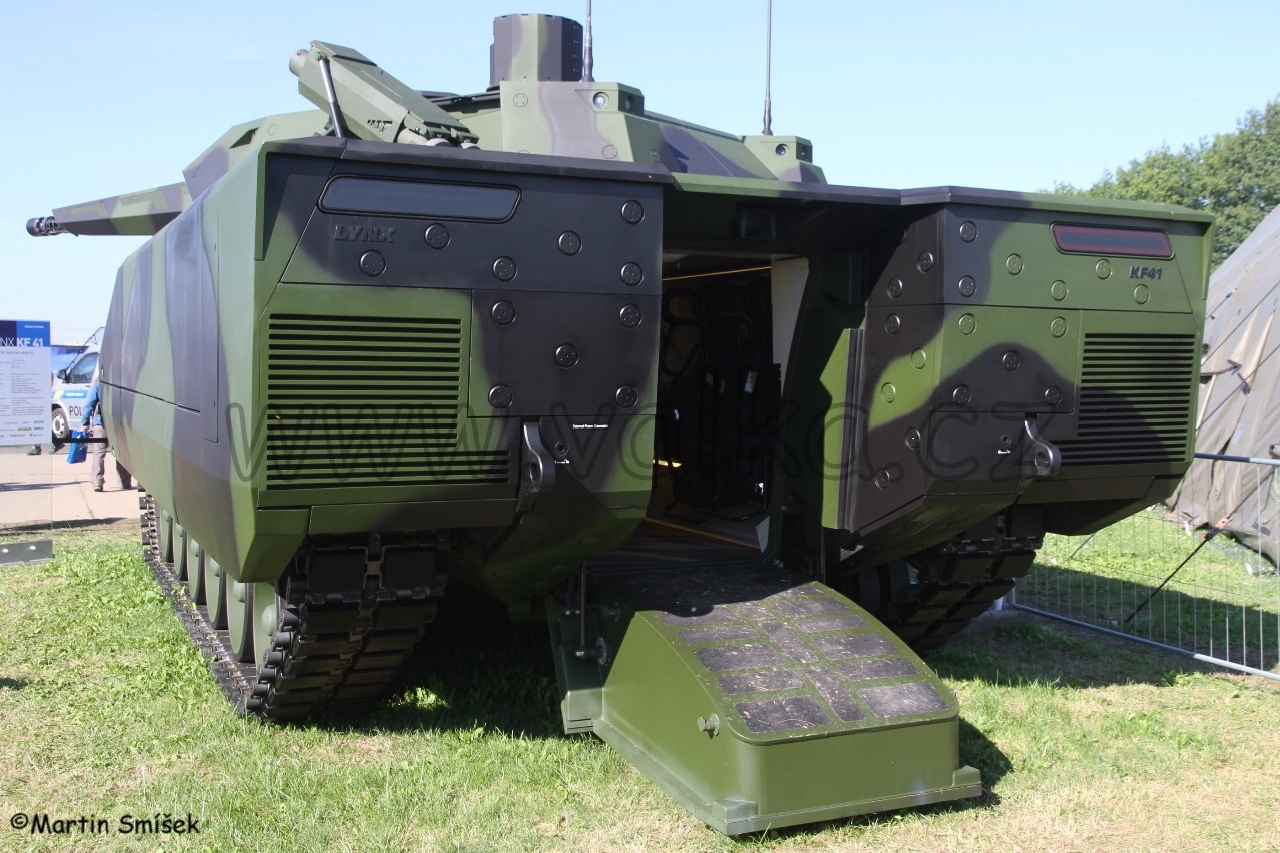
Operational Impact: The introduction of the XM30 is poised to have a profound impact on the Army’s mechanized infantry capabilities. With its increased lethality, enhanced survivability, adaptability, and cutting-edge technology, the XM30 is not just an evolution of the Bradley but a revolution in the way mechanized infantry operates on the modern battlefield.
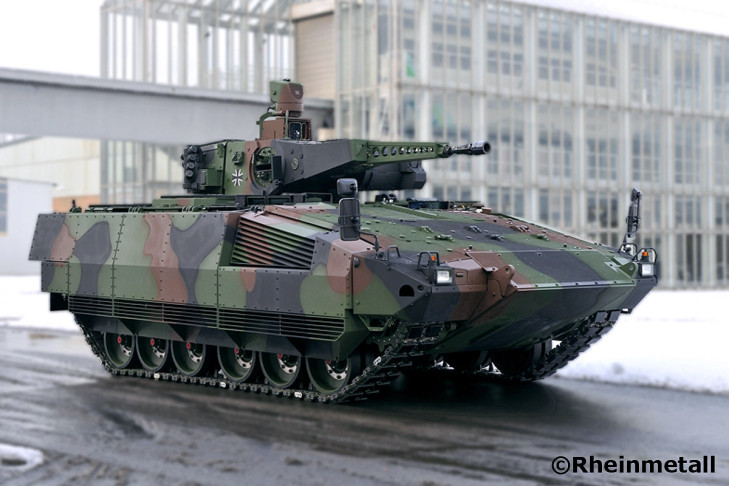
Conclusion: As the United States Army prepares to usher in the XM30 Mechanized Infantry Combat Vehicle, it heralds a new chapter in armored warfare. The vehicle’s lethal capabilities, unmatched survivability features, adaptability, and technological integration position it as a formidable force multiplier. The XM30 stands ready to redefine the expectations of mechanized infantry, promising a future where agility and firepower converge to dominate the complexities of modern warfare.

